- 23 5 月 2024
- By: jimmy@otomosemi.com
PCB Manufacturing and Assembly
Printed circuit
Read MoreConsumer electronics PCB is a printed circuit board used in a variety of consumer electronic devices, including smartphones, tablets, TVs, home appliances, portable devices, audio systems, etc. Consumer electronics circuit boards require a powerful, cost-effective and compact design to meet the high frequency, density and rapidly developing technology requirements in daily use.
As a manufacturer in the PCB industry, HXPCB has more than ten years of manufacturing experience. We provide consumer electronics PCBs including design, layout and final testing and packaging services. We have enough confidence in our product quality, our production technology, and our services. Please tell us your demands and we will do our best to solve them for you.

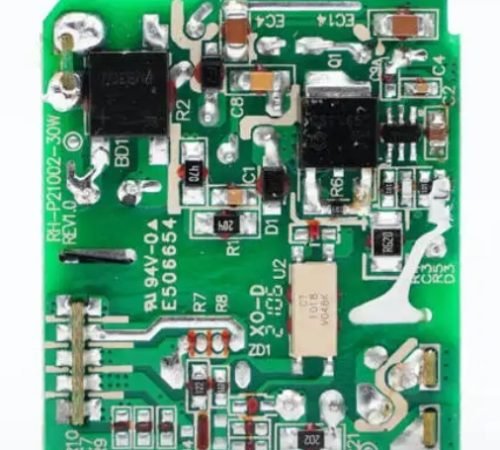
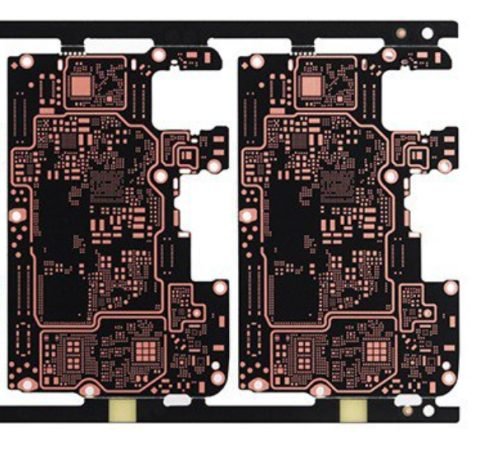
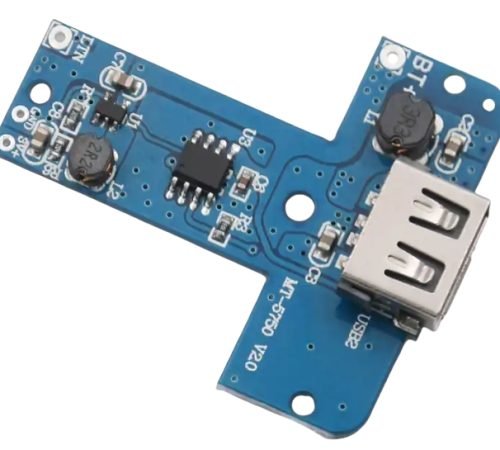
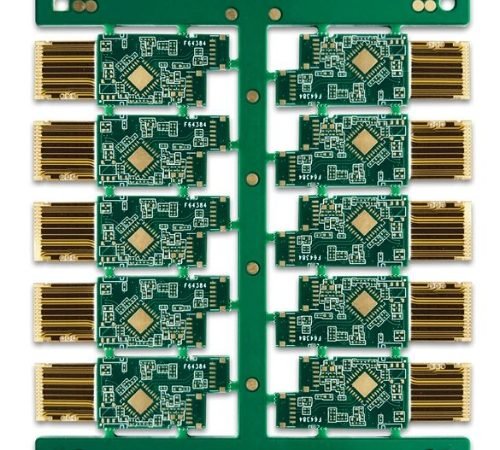
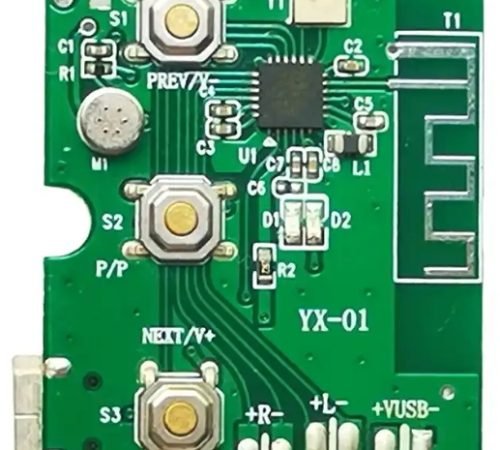
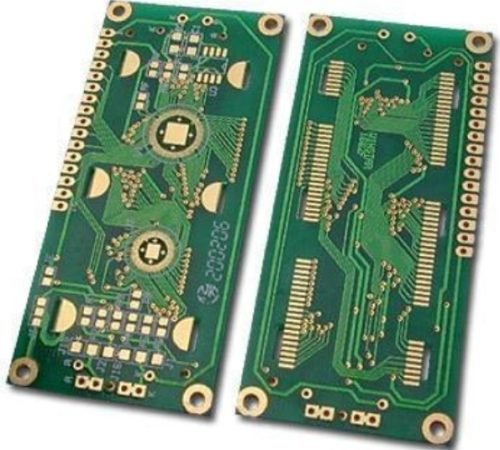
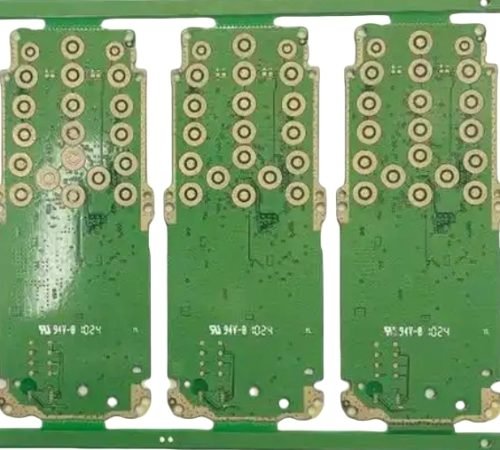
FR-4
The most common PCB material, with good mechanical properties, high cost-effectiveness, and a wide range of applications, it is often used in consumer electronics.
High-frequency materials
such as PTFE and Rogers, mainly used to handle higher-frequency applications such as wireless communications and Bluetooth.
Flexible materials
such as FPC (Flexible PCB), used in devices that require bending and curling, commonly found in wearable devices and smartphones.
Consumer electronics products place high demands on the spatial structure of printed circuit boards, and usually require high-density design to accept more circuits and components with limited space.
In order to save space and improve performance, consumer electronic panels usually adopt a multi-layer structure, which can effectively reduce the difficulty of wiring and improve signal transmission efficiency.
Many consumer electronic devices, such as smartphones and Wi-Fi routers, must support high-frequency signals. Therefore, choosing the right materials and design methods are crucial to ensure signal integrity and reduce losses.
With the increase in power consumption of CPUs and other components, thermal management has become a major challenge in PCB consumer electronic design. Choosing the right materials and design methods are both important.
Many consumer electronic products require very sophisticated PCB designs to be used in modern lightweight devices.
Consumer electronic products are usually mass-produced and require high reliability to ensure long-term stable operation, especially under harsh conditions such as high temperature and humidity.
Signal defect consideration
The signal transmission quality must be considered during design, and signal loss due to line impedance mismatch, crosstalk and other problems must be avoided.
Efficient power management
As the functions of electronic devices increase, power management becomes more and more complex, so efficient and stable power supply design is required.
EMI/EMC management
Electronic devices must comply with electromagnetic interference (EMI) and electromagnetic compatibility (EMC) standards, so it is particularly important to carry out detailed design to reduce interference.
HXPCB provides consumer electronics PCB assembly services. We provide technical support to our customers with more than ten years of experience. Whether it is a manufacturing problem, assembly problem or other problems, we will help customers solve the difficulties they encounter. We have our own rich and complete supply chain and production line, professional engineers and enthusiastic salesmen who are dedicated to answering your questions. Contact us now.
Supports multiple detection methods such as ICT (circuit test), FCT (functional test), aging test, etc.
Efficient production process and quality management, quickly respond to customer needs from proofing to mass production.
Support the assembly of flexible boards, rigid-flexible boards and complex multi-layer boards, and provide one-stop services from parts procurement to test assembly.
Supports technologies such as automatic welding, automatic dispensing and selective wave soldering, and supports precision placement of miniaturized and high-density components (BGA, CSP, QFN).
| Category | Details |
| Manufacturing Capabilities | |
| Layer Count and Board Types | Single-layer to 20-layer PCBs (standard), up to 64 layers for advanced designs. <br> Rigid, flexible, and rigid-flex PCBs for diverse applications. |
| Material Options | FR-4 (standard/high TG), flexible substrates (Polyimide), high-frequency materials (Rogers, PTFE). |
| Precision and Density | Minimum trace width/spacing: 0.075 mm (3 mils). <br> Minimum hole diameter: 0.1 mm (laser drilled). <br> HDI capability: microvias, blind and buried vias. |
| Board Thickness | 0.4 mm to 3.2 mm, supporting ultra-thin boards for lightweight designs. |
| Surface Finish Options | ENIG, OSP, HASL, Immersion Silver/Gold, and more. |
| Quality Assurance | AOI, X-Ray, Flying Probe Testing, Electrical Testing; ISO 9001, RoHS, UL certifications. |
| Assembly Capabilities | |
| Component Handling | Support for 01005 components, BGA, QFN, CSP packages. <br> Placement accuracy: ±25 µm for SMT components. |
| Production Volume | From small-batch prototyping to high-volume production. |
| Assembly Technologies | SMT with lead-free soldering; THT for hybrid assembly. |
| Testing and Validation | Functional Testing (FCT), In-Circuit Testing (ICT), reliability testing (aging, thermal cycling, etc.). |
| Applications | |
| Smartphones and Tablets | HDI PCBs, flexible circuits for compact, high-performance designs. |
| Wearable Devices | Ultra-thin, flexible boards for lightweight and durable designs. |
| Smart Home Devices | IoT PCBs optimized for connectivity and low-power operation. |
| Audio and Video Systems | Boards designed for high signal integrity and superior output. |
FR-4 is the standard material for most consumer electronics due to its balance of cost and performance. For lightweight and compact devices, polyimide-based flexible substrates are ideal. High-frequency materials like Rogers or PTFE are used in devices requiring high-speed data transmission, such as routers or advanced audio systems.
Consumer electronics commonly use rigid PCBs for durability, flexible PCBs for lightweight and compact designs, and rigid-flex PCBs for advanced applications requiring both flexibility and rigidity. High-Density Interconnect (HDI) boards are often used for compact, high-performance devices like smartphones and tablets.
ENIG (Electroless Nickel Immersion Gold) is preferred for its durability and excellent conductivity. OSP (Organic Solderability Preservative) is cost-effective for short-life products. Immersion Silver or Immersion Tin may also be used based on specific application needs.
Durability is ensured by using flexible materials with high fatigue resistance, selecting appropriate surface finishes to prevent oxidation, and designing with reinforced edges or stiffeners where necessary. Rigorous environmental testing such as thermal cycling and bending tests is also conducted.
Lead times vary depending on complexity. For standard boards, prototyping typically takes 5–7 days, while mass production can take 2–4 weeks. HDI and rigid-flex boards may require additional time due to their complexity.
Quality is verified using AOI (Automated Optical Inspection), Flying Probe Testing, X-Ray Inspection, ICT (In-Circuit Testing), and Functional Testing (FCT). For consumer electronics, additional tests like thermal cycling, aging tests, and environmental exposure tests are also conducted.
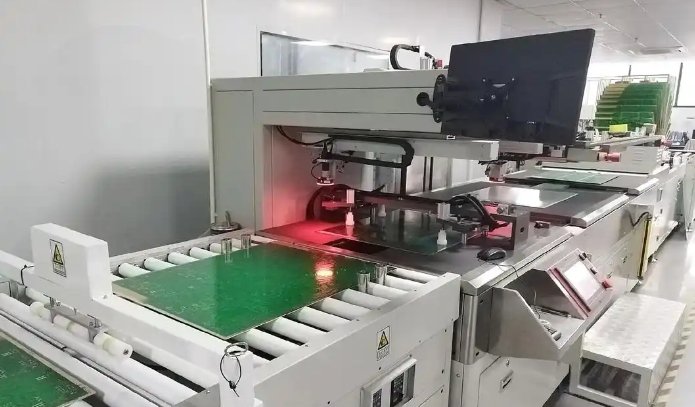

There are many v
Read More